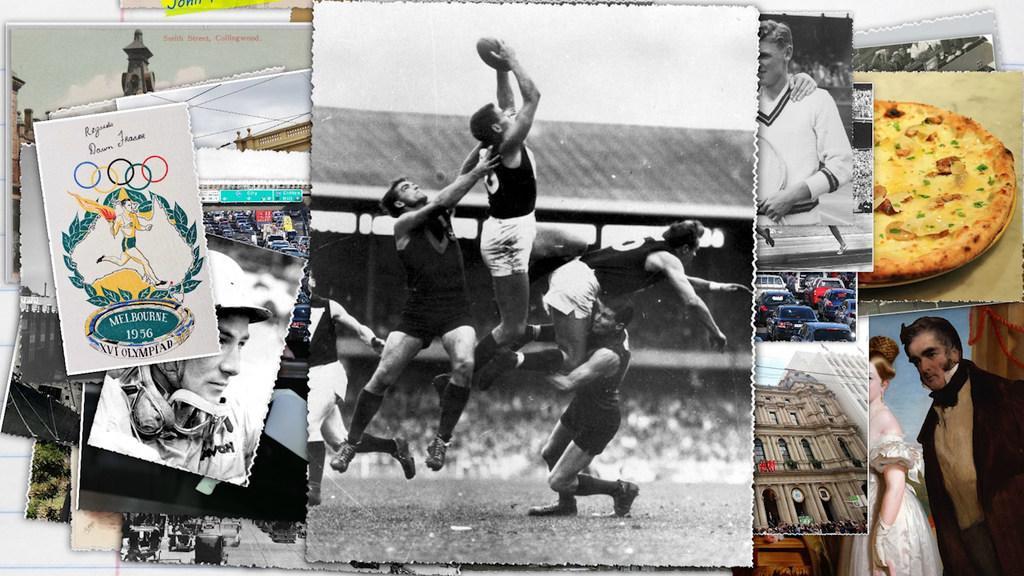Treasures unearthed: Dig reveals early Melbourne artefacts
THOUSANDS of artefacts from early Melbourne have been unearthed in what’s being hailed as one of the city’s most significant archaeological finds.
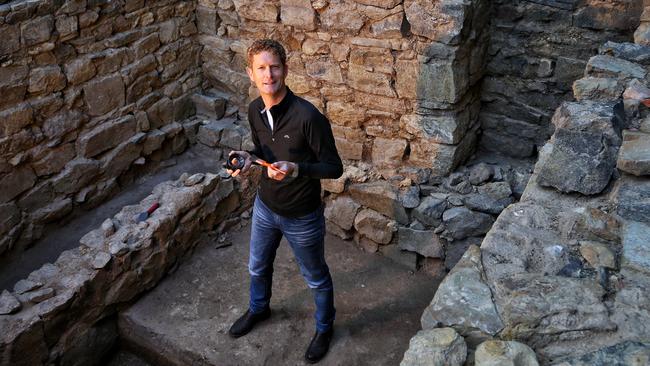
VIC News
Don't miss out on the headlines from VIC News. Followed categories will be added to My News.
THOUSANDS of artefacts from early Melbourne have been unearthed in what’s being hailed as one of the city’s most significant archaeological finds.
Remains of a row of six bluestone cottages built in the 1860s were found during excavations for a proposed office tower next to Wesley Church on Lonsdale St.
However, beneath one of the homes is a remarkably intact footprint of an older building that dates to the 1840s, just a few years after Melbourne was settled.
Heritage Victoria principal archaeologist Jeremy Smith said it was exciting to discover the remains of structural walls, a cellar and a fireplace.
“It looks to be one of the first houses built in Melbourne with a large open space, a couple of outhouses and stables, perhaps,” he said.
“It’s hard to imagine but most of the city’s blocks were still empty then, Melbourne was very open at that time.”
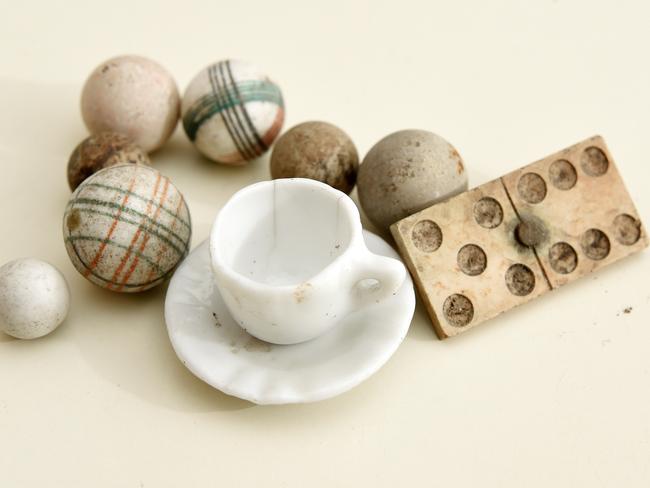
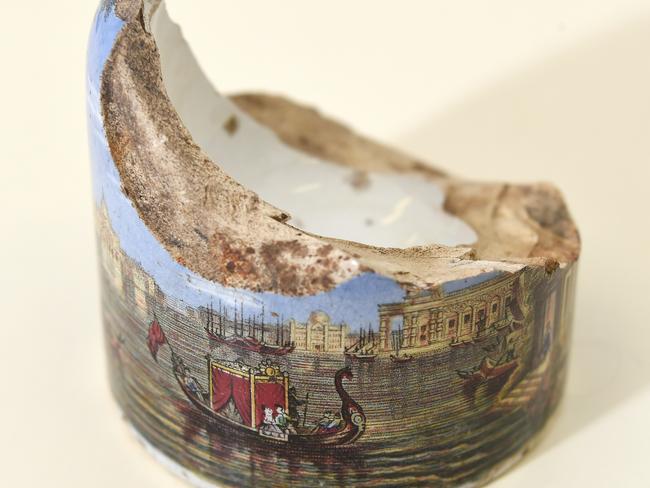
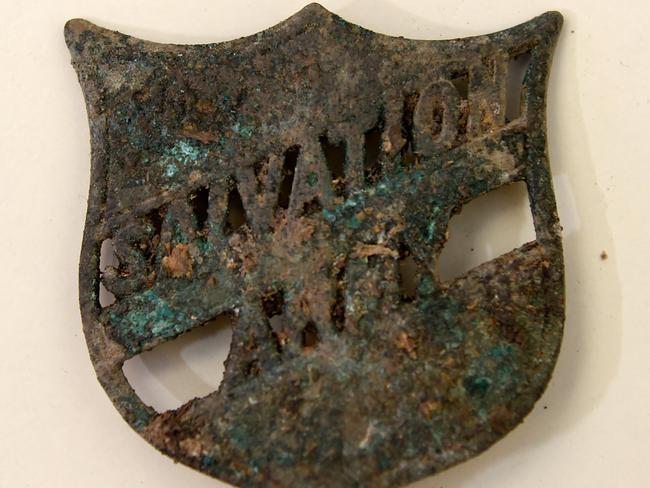
While the Jones Lane site will not be preserved under the $500 million Wesley Place redevelopment, thousands of items found there will be, including Chinese porcelain, coins and a whale’s tooth.
“There’s a writing slate with Thomas written on it, so we have clearly a mother teaching her son Thomas how to read and write,” Mr Smith added.
Michelle Negus-Cleary, from archaeology and cultural heritage consultants Dr Vincent Clark and Associates, said records showed Jones Lane had residents with Irish names and later Chinese ones.
“These excavations are only stage one of a larger project in this area. We are anticipating opening up the site further to identify the potentially more industrial northern end of the site through further excavations over the next few months,” she said.
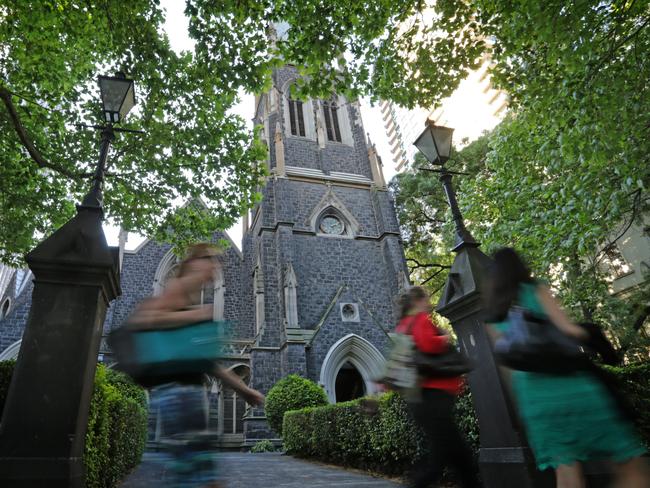
Planning Minister Richard Wynne said the dig, which was funded by the developer, gave an extraordinary snapshot of life before and after the Gold Rush.
“Some of the tiny terrace homes served as social housing for impoverished women and children, who are often overlooked in the history books,” he said.
A 3-D image of the site has been created and some of the artefacts will be displayed in the new building under heritage requirements.
